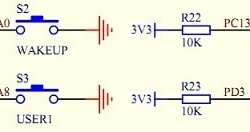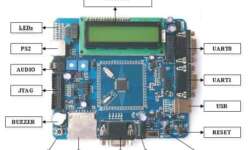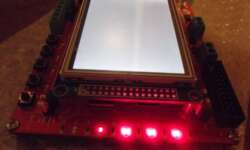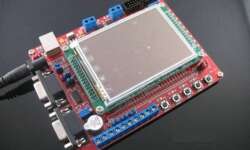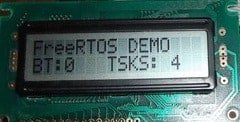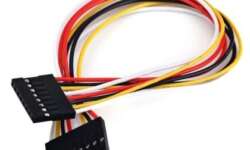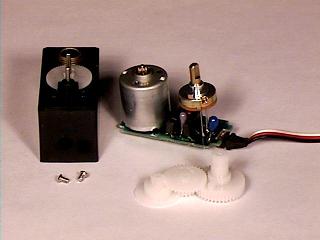Interrupt based button read on STM32F103ZET6 board
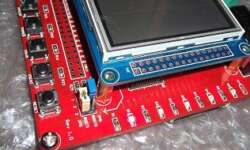
In the previous example, we implemented a simple demo program that reads buttons by continually checking their status in the main program loop. This isn’t an efficient and convenient way to do that. Imagine your application has to do lots of tasks, and in between, you also need to check button status – mission becomes impossible unless you use interrupts. In this part, we briefly introduce to STM32F10x interrupt system and write example code where LEDs and buttons are serviced within interrupts. ARM Cortex-M3 microcontrollers have an advanced interrupt system that is pretty easily manageable. All interrupts are controlled inside Nested Vectored Interrupt Controller (NVIC), close to the Cortex core, to ensure low latency and robust performance. Main features of NVIC include:






